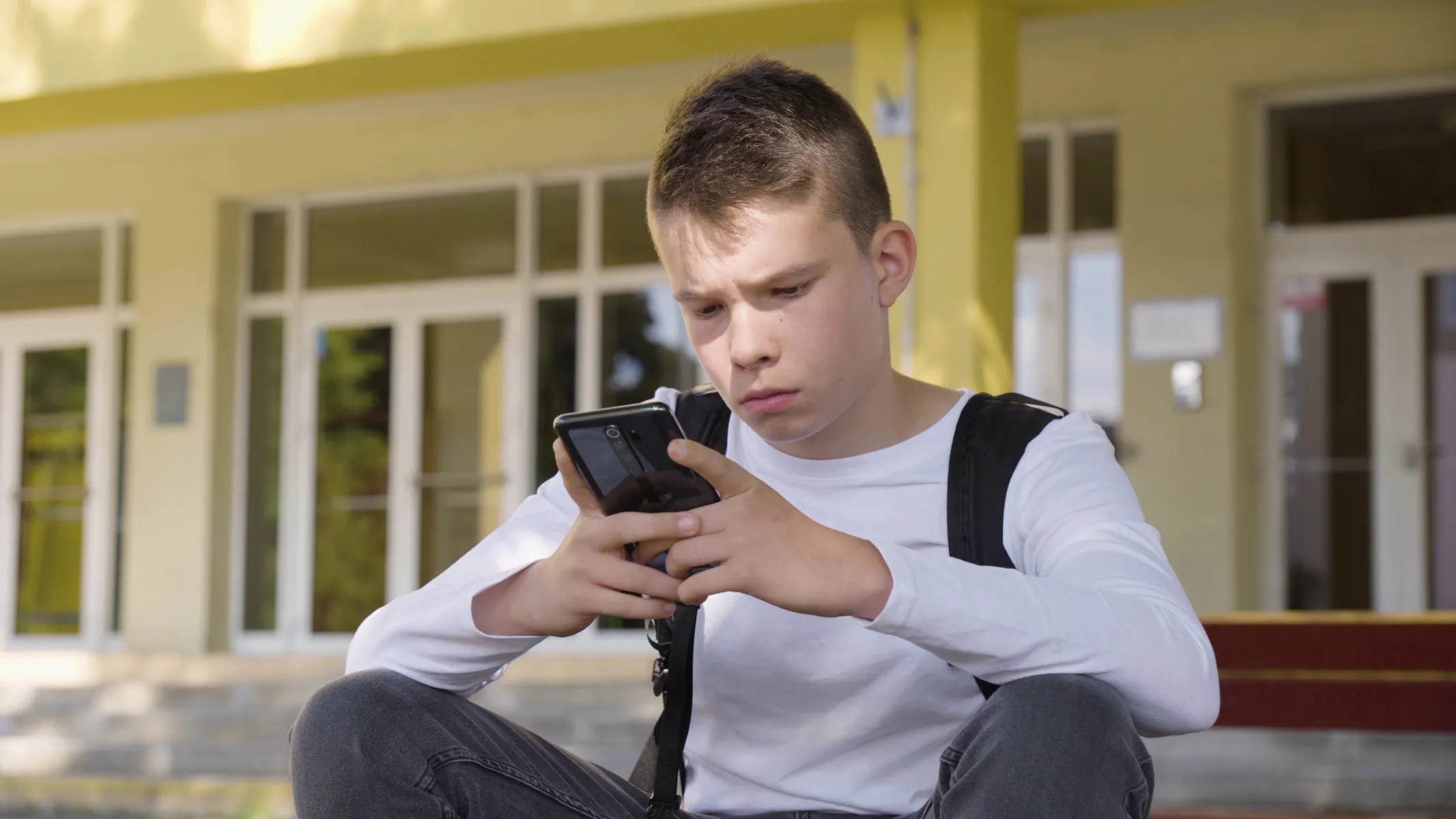In a significant policy update aimed at limiting digital distractions in classrooms, Governor Katie Hobbs signed House Bill 2484 into law today, following bipartisan support in the Arizona State Legislature. Sponsored by Rep. Beverly Pingerelli (R-Peoria), the legislation mandates that all public and charter schools in Arizona adopt clear rules governing student access to internet resources and wireless communication devices during the school day.
What the Law Requires
The new law compels each school district and charter school to prescribe and enforce policies that:
- Restrict student access to social media platforms via school-provided internet.
- Limit student use of wireless communication devices—including both personal and school-issued—during the school day, which includes class time, meals, passing periods, and recess.
Policies must permit exceptions under specific circumstances:
- For educational purposes as directed by teachers.
- In case of emergencies.
- When a student has a documented medical need.
Additionally, schools must provide channels for parents to contact their children and vice versa during school hours.
Transparency and Local Autonomy
HB2484 builds on existing Arizona statutes that require school districts to maintain policies around student use of technology and the internet. However, if a school already has policies in place that meet the bill’s requirements, it is not obligated to create new ones. Districts must notify students, teachers, and parents of these policies—and any updates—at the beginning of each academic year.
Teachers shall retain discretion to permit social media access for educational purposes, ensuring that the legislation supports curriculum flexibility while placing guardrails around nonessential digital consumption.
Legislative Journey and Political Unity
Introduced by Rep. Pingerelli, HB2484 moved quickly through the House and Senate. It passed the House on February 24 with a 41-18-1 vote and was approved by the Senate Education Committee with unanimous support. The bill was then passed as amended by the Committee of the Whole and finalized for the Governor’s signature in April.
Governor Hobbs’ decision to sign a Republican-sponsored bill reflects her attempts to demonstrate a pragmatic approach to governance—one that in this case prioritizes student outcomes over partisan labels.
Classroom and Community Impacts
Educators have long reported struggles with managing student device use. A recent survey by the Pew Research Center revealed that over 70% of teachers viewed unrestricted cellphone access as a major classroom disruption and the National Educators Association found support at a staggering 90%.
The new law empowers teachers and administrators to set enforceable boundaries, backed by state law. It also assures parents that procedures are in place to maintain open lines of communication without enabling constant digital connectivity.
Student Voices and Concerns
Reactions among students have been mixed. Some recognize the value of minimizing distractions, while others worry the policy might feel too restrictive.
“Sometimes I need my phone to check my schedule or message my ride,” said Sofia M., a junior in Phoenix. “But I understand the school wants us to stay focused.”
The law’s inclusion of exceptions for emergencies and medical conditions aims to address such concerns without compromising the intent of the policy.
National Trend, Local Leadership
Arizona joins a growing list of states—such as Florida and Utah—that have passed laws to limit smartphone and social media use in schools. The move reflects increasing national awareness of the role technology plays in student mental health and academic performance.
Governor Hobbs indicated that this bill may be the first of several education-focused initiatives targeting youth wellness and learning outcomes.
Conclusion
HB2484 represents a thoughtful recalibration of technology use in Arizona schools. By setting clear expectations while maintaining flexibility for educational needs, the law seeks to foster healthier, more focused learning environments.
With strong support from both political parties and the public education community, this new policy offers a glimpse of what bipartisan cooperation can achieve—especially when it comes to safeguarding the well-being of Arizona’s students.
